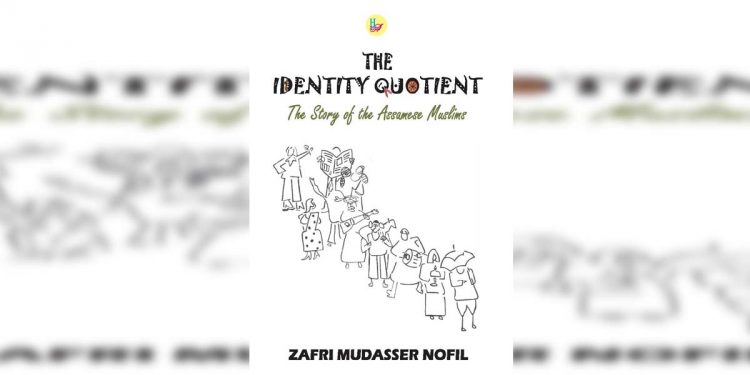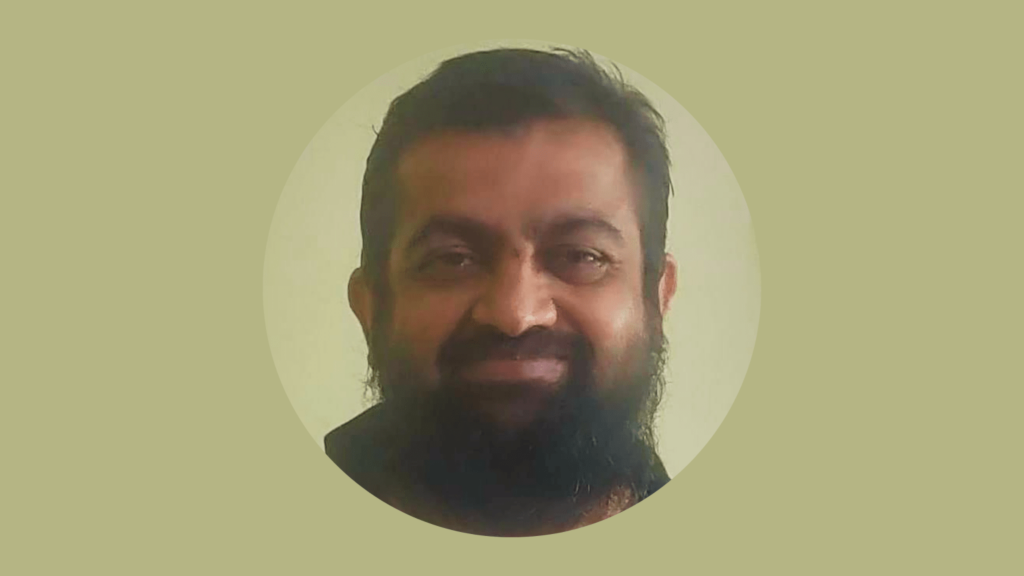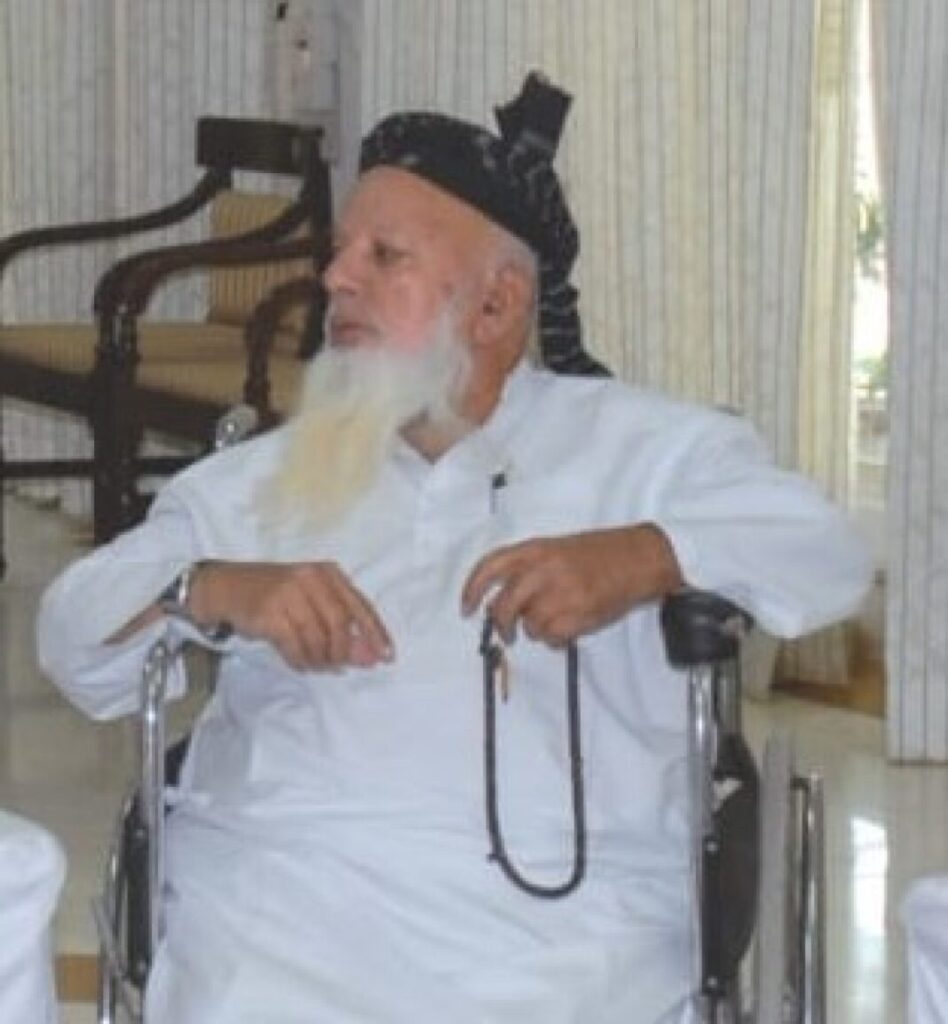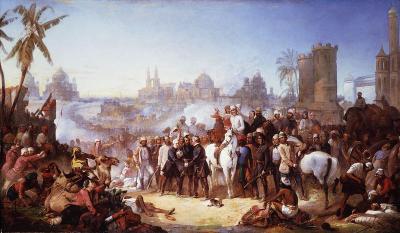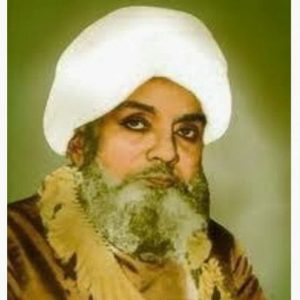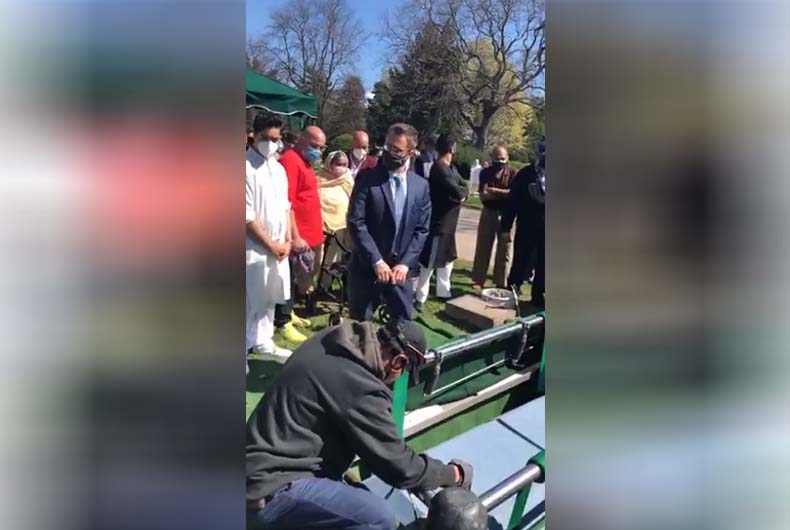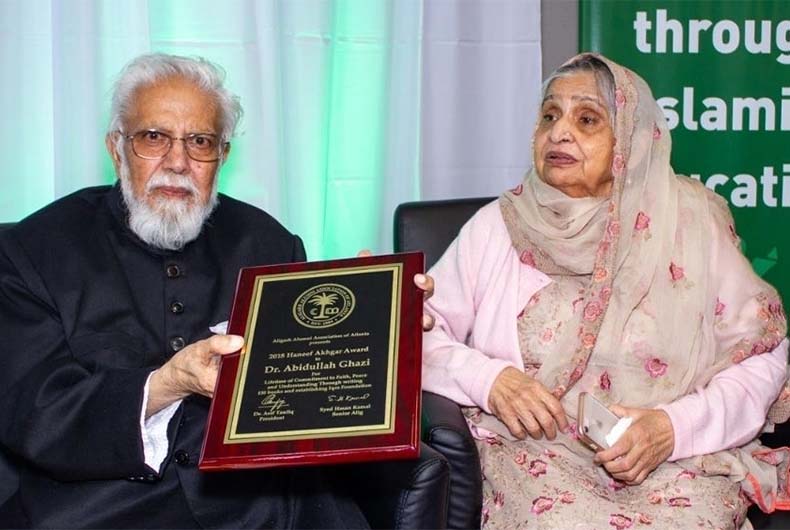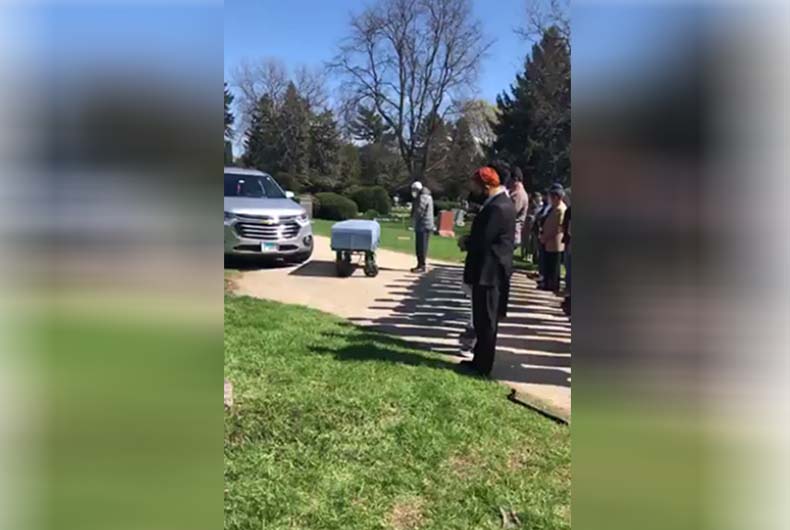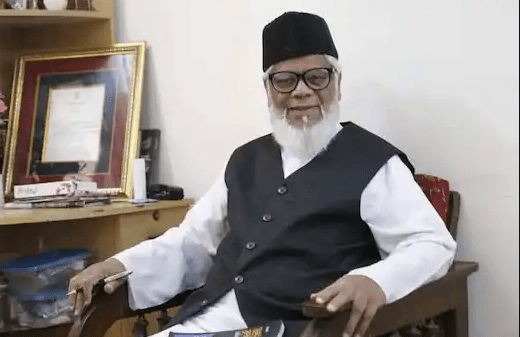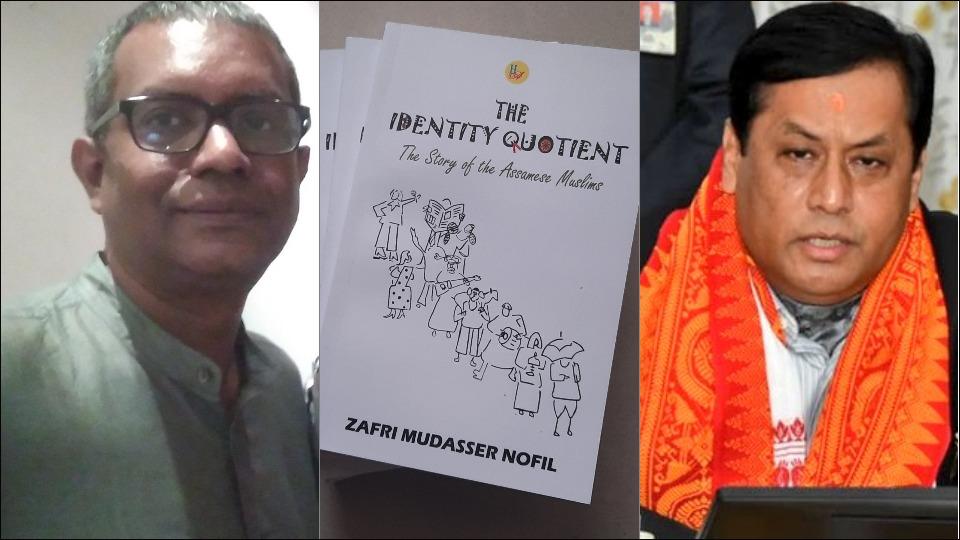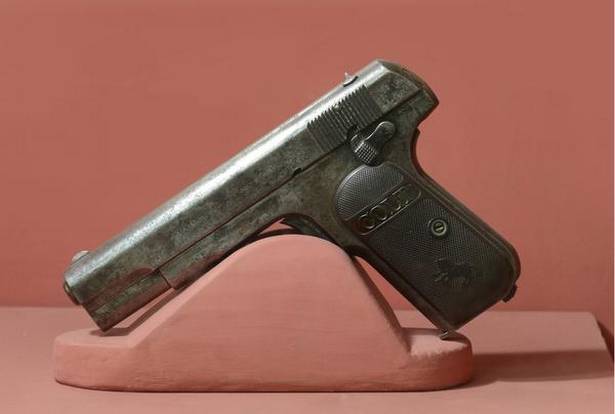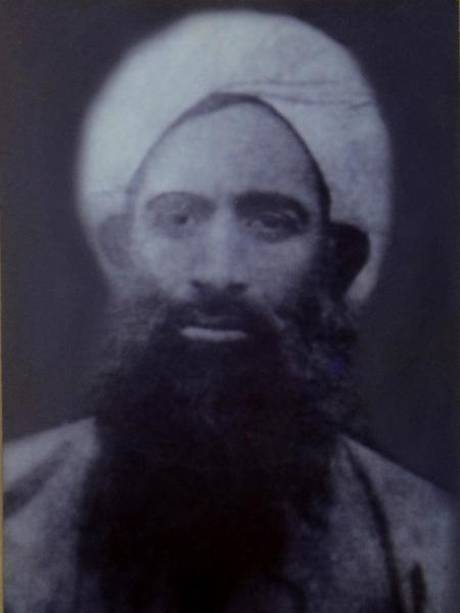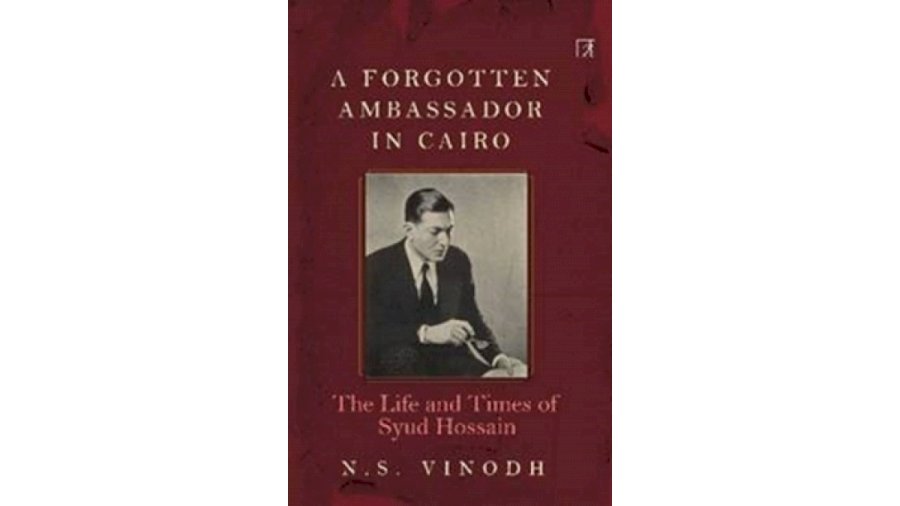DELHI :
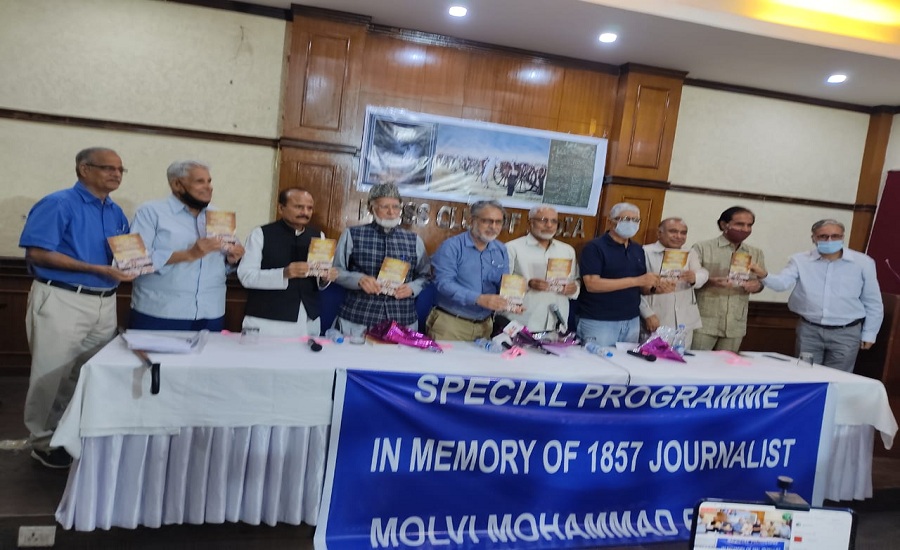
The event was organised to launch the Hindi translation of journalist Masoom Muradabadi’s book on Maulvi Baqar.
New Delhi :
The Press Club of India on Thursday held a seminar to commemorate the death anniversary of Maulvi Mohammad Baqar, the first journalist who was executed by the British following the rebellion of 1857.
A Hindi translation of the book titled ‘1857 Ki Kranti Aur Urdu Patrkarita’ (The Revolution of 1957 and Urdu Journalism) authored by journalist Masoom Muradabadi was released at the seminar.
It chronicles the life of Baqar as a journalist and freedom fighter. Moreover, two journalists — Swati Mathur, a reporter with The Times of India, and Shams Tabrez Qasmi, the editor of popular news portal Millat Times — were also felicitated with an award named after Baqar.
A number of veteran journalists and writers spoke on the occasion paying tributes to the ‘first martyr journalist’. They described Baqar as an icon of Hindu-Muslim unity whose ideals are increasingly relevant in the present times.”
“Maulvi Muhammad Baqir was one of the great journalists who preferred martyrdom to collaboration with Britishers.” A U Asif, a senior journalist and member of Press Club’s managing committee, said. “He is the ideal and role model for the new generation of journalists.
Satish Jacob, a BBC veteran, said Baqar was a journalist who sacrificed his life for the sake of the nation. He described him a proponent of Hindu-Muslim unity.
Jacob said he is proud of the fact that he hails from old Delhi which gave birth to a person like Baqar. He said that Baqar had started an Imam Barah in the Kashmere gate area which is still functioning. The Imam Barah was built with the expressed goal of communal harmony, he added.
Noted journalist Meem Afzal, who has been a member of Parliament and India’s ambassador in four countries, lashed out at the current government for communal divide and accused it of obliterating the contributions of people like Baqar. He said that Baqar used his pen to fight for the idea of India.
Maroof Raza, another journalist, appealed for steps to find the original source and preserve the archives of ‘Delhi Urdu Akhbar’, the newspaper Baqar used to publish.
Jai Shanakar Gupta, senior journalist and a member of the Press Council of India, urged the government to get copies of the newspaper that Baqar edited from Britain where they are lying in a museum.
SQR Ilyas, journalist and president of the Welfare Party of India, said that the sacrifice of Baqar should inspire the present-day journalists to speak truth to power. He lauded the Press Club for commemorating Baqar.
Similar sentiments were echoed by Syed Aijaz Aslam, editor of Radiance Viewsweekly.
Mathur and Qasmi expressed their gratitude to the Press Club for felicitating them with the award. “This recognition in the form of an award in Maulvi Baqar’s name is a big thing for me, ” said Mathur.
Qasmi credited his whole team of Millat Times for the work that earned him the award.
source: http://www.clarionindia.net / Clarion / Home> Editor’ Pick / by Zafar Aafaq, Clarion India / September 16th, 2021
